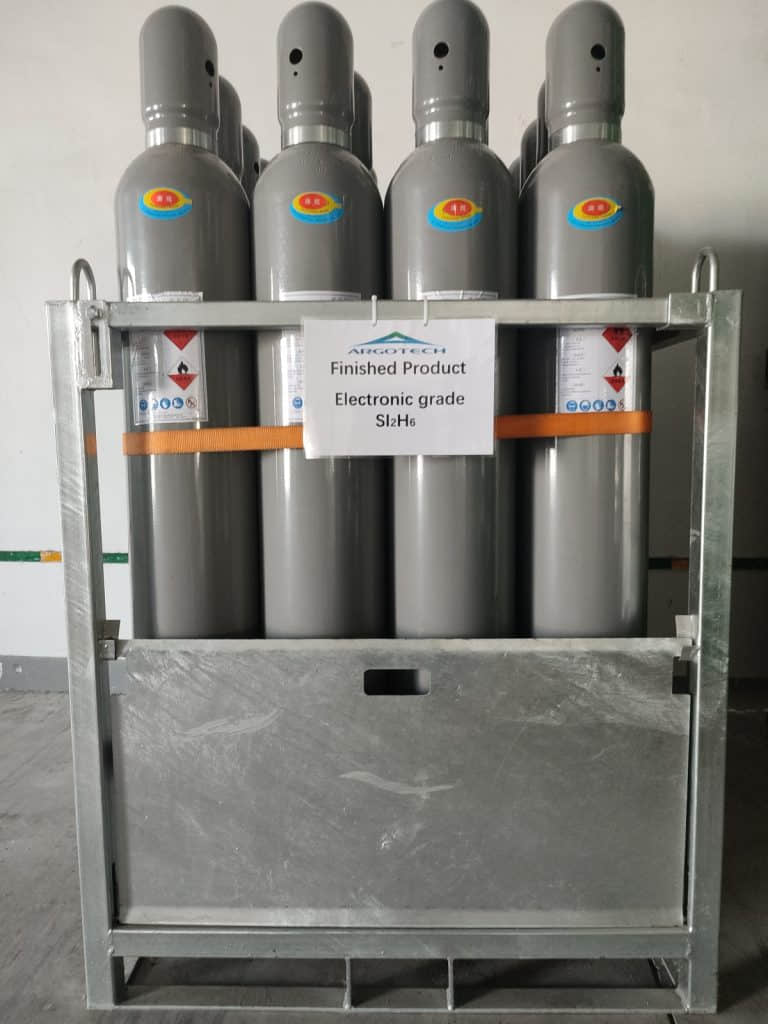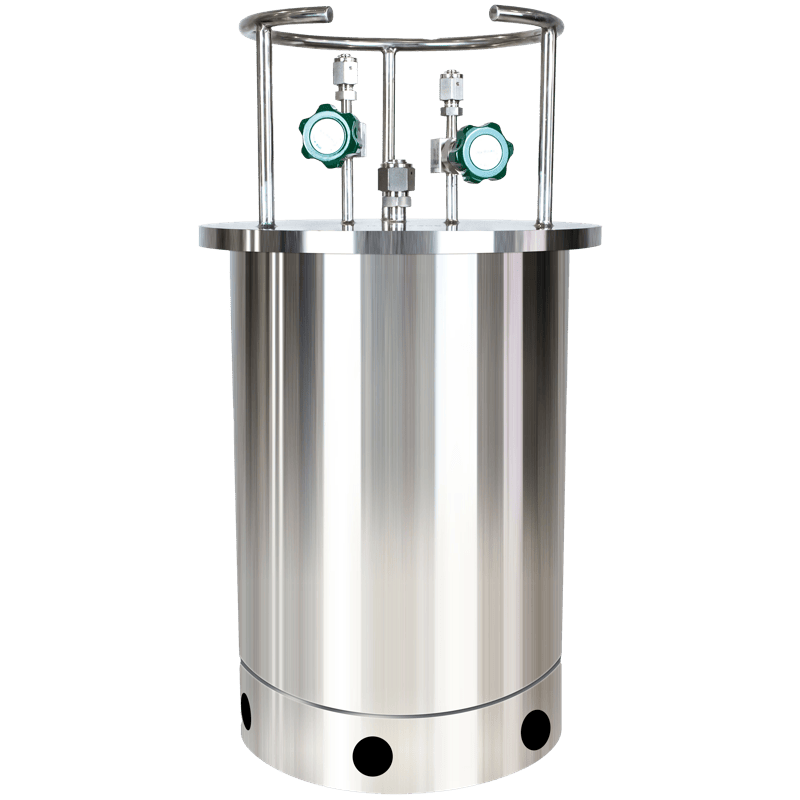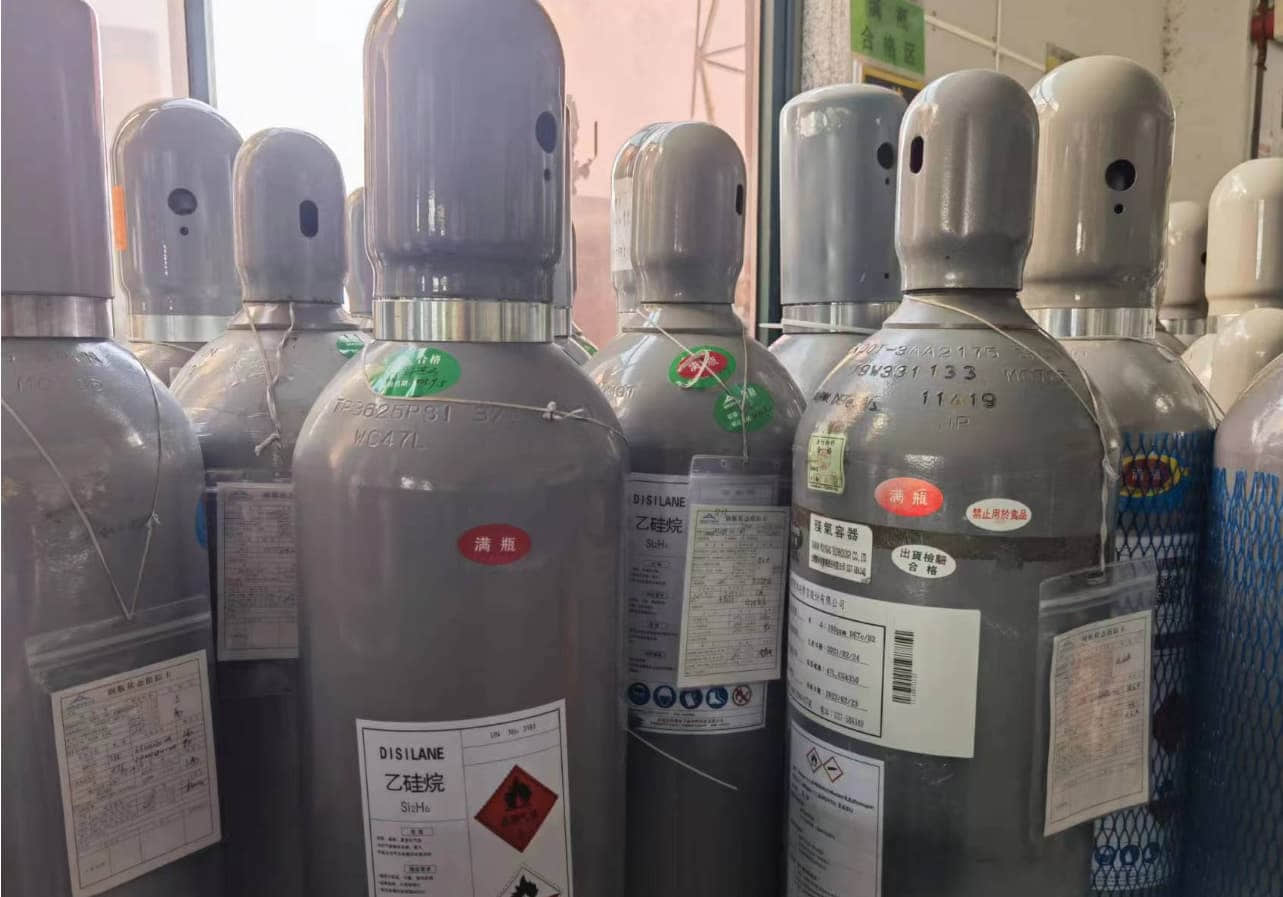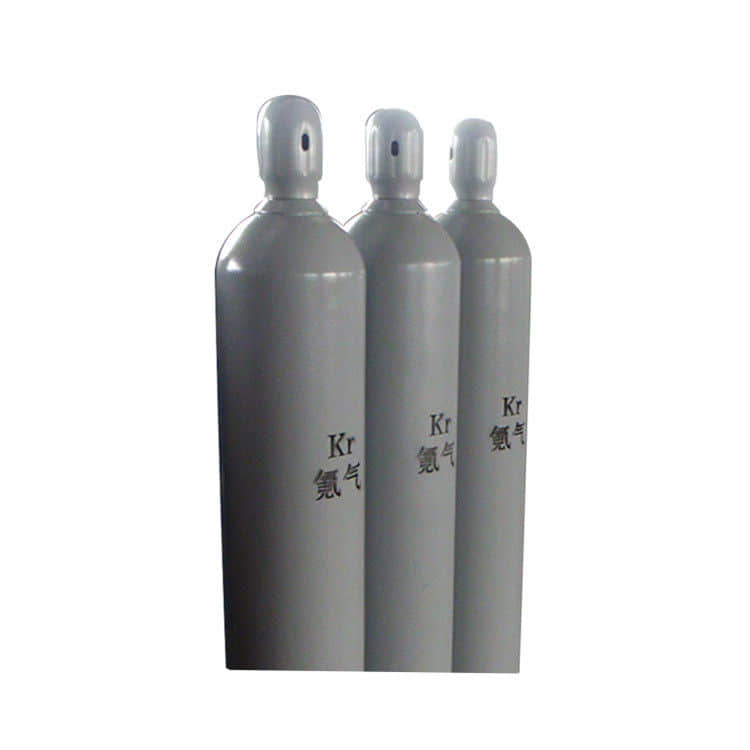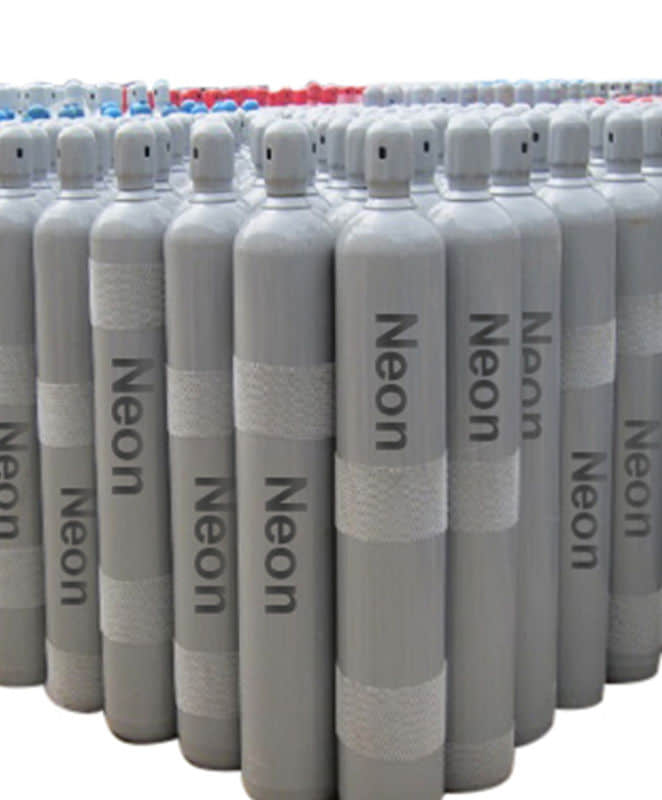What is Disilane (chemical formula Si2H6)?
Disilane (chemical formula Si2H6) is an inorganic compound, colorless transparent, unpleasant irritating odor toxic gas at room temperature and pressure. It has similar chemical properties to silane, but is more reactive than silane. Silicane spontaneously ignites in the air, the ignition point is below room temperature, and when it encounters the air, it burns instantaneously and decomposes into SiH4 and H2. Its combustion concentration range is wide, when the concentration is above 0.2%, the combustion emits a flame, and when the concentration is below 0.2%, the oxidation reaction occurs to produce white SiO2.
Disilane is a compound composed of two silicon atoms and six hydrogen atoms, with the chemical formula Si2H6. This compound is gaseous at room temperature and has properties similar to ethane, but its silicon silicon bond is weaker than the carbon carbon bond of ethane, so it is not as stable as ethane.Disilane has a wide range of applications in the photovoltaic and semiconductor industries.
Historically, disilane was produced in the hydrolysis of magnesium silicide as a byproduct of silane manufacturing. However, most commercial producers now synthesize disilane via pyrolysis of silane (SiH4). This synthesis method proceeds according to the chemical equation shown below:
Disilane vs. silane
Disilane is primarily used in the latest and most sophisticated generation of integrated circuits such as NAND Flash memory. It deposits at a lower temperature than silane enabling its use in smaller IC’s with a thermal budget constraint. Disilane can also be reacted with germanium in deposition tools to produce SiGe layers that strain the silicon and improve the performance of single-digit nano scale integrated circuits (ICs).
Compared to the currently used silane, Disilane has higher film density, which can significantly improve the smoothness, continuity, good doping compatibility, and low deposition temperature of the deposited film. It also increases the film formation rate by about 10 times, greatly improving production efficiency, and other advantages. The excellent characteristics of Disilane are constantly attracting downstream customers to accept it.
With the technological progress of the semiconductor industry, the proportion of 14nm and 7nm processes is increasing, and new technologies require the use of disilane as a substitute for silane in more scenarios. Disilane is the second largest gas used in silicon based semiconductors after silane, and its proportion in silicon based electronic gases will continue to increase in the future, resulting in a rapid increase in demand.
Product purity available: 99.998%
Packaging specification: DOT 47L can be filled with 5-20KG, or smaller or larger packaging can be used according to customer requirements, ranging from 10L to 470L.
Applications of Disilane
The disilane industry has high industry barriers, including technical barriers, certification barriers, etc. At present, the main suppliers of disilane are in the United States, Japan, and Taiwan. Argotech, with its upstream and downstream supply chain advantages and its own research and development technology capabilities, has become the second largest supplier in the world.
Argotech’s disilane currently has the best cost advantage, largest production capacity, and best quality in the world, and has been supplied in bulk to top semiconductor manufacturing enterprises such as KIOXIA Electronics, SMIC International, and Hynix etc.

